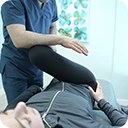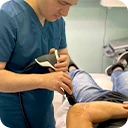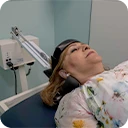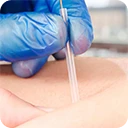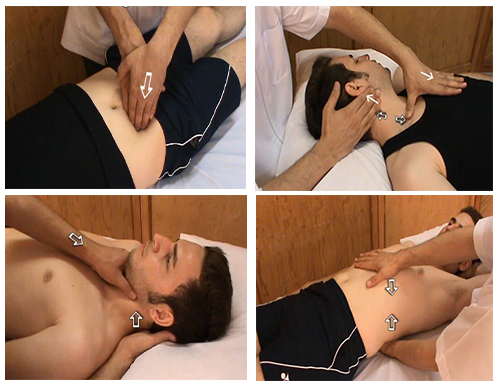Module 1: Understanding the Fascial System
- Fascial Anatomy
-
- Comprehensive overview of the fascial body, emphasizing the structure and function of the myofascial network.
- Fascial Neurophysiology
- Exploration of the fascial system’s role in body-wide communication, coordination, and integration with the nervous system.
- Myofascial Force Transmission
- Concepts of biotensegrity, fascial slings, and how myofascial continuity distributes mechanical load throughout the body.
- Fascial Tonicity and Postural Alignment
- Regulation of fascial tone via myofibroblast activity influenced by pain, stress, and metabolic factors.
- Implications for postural imbalances and the development of tissue contractures.
- Myofascial Pain and Dysfunction
- Mechanisms underlying trigger point formation and chronic myofascial pain syndromes.
- Thixotropy and Fascial Behavior
- How the viscoelastic properties of the extracellular matrix affect myofascial mobility and contribute to dysfunction.
- Fascial Imbalance and Posture
- Relationships between fascial asymmetry and common postural patterns, including scoliosis, upper cross syndrome, and lower cross syndrome.
Module 2: Myofascial Network Assessment
- Hands-On Evaluation Techniques
- Assessment of:
- Breathing patterns
- Postural alignment
- Inherent fascial movement rhythms (MVT)
- Assessment of:
Module 3: Myofascial Release Techniques (MFR)
- Introduction to MFR
- Definition and core principles
- Classification: direct vs. indirect approaches
- Indirect Myofascial Release (IMFR)
- Indications for use
- Application methods and treatment parameters
- Mechanisms of action: neurophysiological and mechanical
- Patient communication and therapeutic feedback
- Contraindications and precautions
Module 4: Clinical Application of Indirect MFR
Hands-On Treatment Techniques for Fascial Dysfunction
- Releasing Transverse Fascial Planes (Diaphragms)
- Impact on:
- Breathing dysfunctions
- Spinal pain syndromes
- Pelvic floor disorders
- Temporomandibular dysfunction (TMD)
- Impact on:
- Treatment of Localized Myofascial Pain
- Addressing trigger points and regional tightness in the spine and extremities.
- Restoring Fascial Sling Balance
- Correcting imbalances within and between fascial slings to address postural distortions (e.g., upper/lower cross syndromes, scoliosis).
- Managing Fascia-Related Disorders
- Clinical strategies for:
- Frozen shoulder
- Plantar fasciitis
- Dupuytren’s contracture
- Clinical strategies for:
Module 5: Direct Myofascial Release (DMFR)
- Overview and Techniques
- Practical introduction to direct MFR approaches
Examples of clinical application for musculoskeletal and postural conditions






















